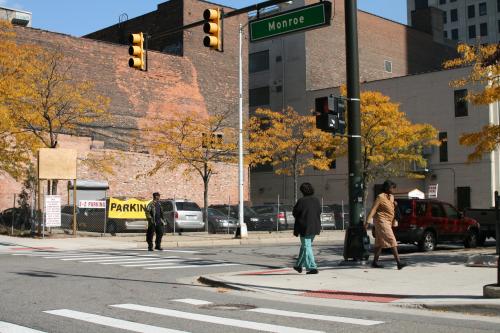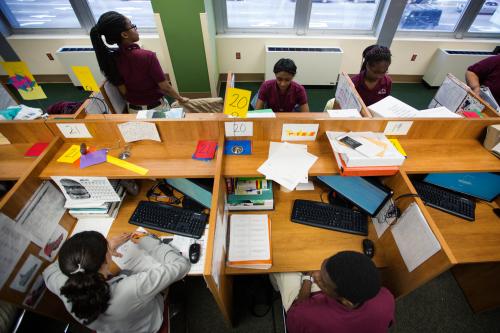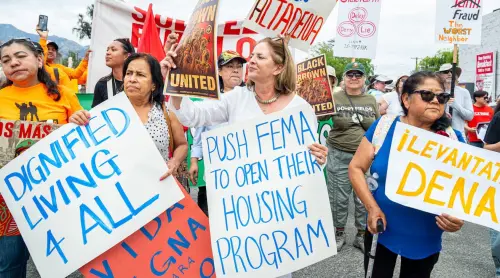High black voter turnout in the majority-black cities of Birmingham, Montgomery and Mobile, particularly among black women, was the difference in Democrat Doug Jones’ historic upset over controversial Republican Roy Moore in this past Tuesday’s special election for the Alabama Senate seat vacated by Attorney General Jeff Sessions. The political assets within black cities prevented Moore from bringing his toxic masculinity, homophobia and multiple charges of sexual harassment, including pedophilia, to the Senate.
Jones only beat Moore by 1.5 percent, meaning he needed every vote he could muster in a race against someone who, when asked when the last time America was “great” replied, “I think it was great at the time when families were united — even though we had slavery — they cared for one another…. Our families were strong, our country had a direction.”
All but 4 percent of African-Americans voted for Jones, and blacks accounted for roughly 30 percent of the Alabama electorate, according to a CNN exit poll. And 98 percent of black women (17 percent of the electorate) cast ballots for Jones. Certainly, Jones needed each vote—but astonishingly, if Moore courted just a slither of the black electorate, he would have won by a landslide.
Prior to the election, many black voting rights activists criticized the Democratic Party’s last minute get out the vote effort in the state’s majority-black districts. The New York Times reported that national Democratic Party groups cautioned against a late investment in advertising because “spending any money…would stir up the Republican base” – not exactly an astute assessment of value.
Certainly, Jones needed each vote—but astonishingly, if Moore courted just a slither of the black electorate, he would have won by a landslide.
Alabama native son and former basketball great Charles Barkley, who campaigned for Jones, offered poignant commentary on the devaluing of black and poor people. In the minutes after outlets projected Jones as the victor, Barkley said, “This is a wake-up call for Democrats…It’s time for them to get off their ass and start making life better for black folks and people who are poor.” But those comments can certainly be extended beyond Democrats and politics. We take for granted the great assets that warrant future investment.
The upcoming 2018 midterm and subsequent 2020 election will present another opportunity for politicos to invest in black cities, black candidates, and the black electorate.
The tables below detail majority-black cities that will matter in 2018 and 2020, displaying data for those majority-black cities with greater than 50,000 residents located in states which will be voting for Senate candidates in 2018 or 2020. Estimates are taken from American Community Survey 5-year (2011-2015) data, and should not be interpreted as projections of 2018 or 2020.
The genders of the voting eligible populations in large majority-black cities are presented to provide some structural content to the difference in voter participation rates among the black electorate. In many majority-black cities, these differences are stark and distressing. For instance, there are 22 percent more black women than men in South Field, Mich.
There are 1,200 majority-black places in the U.S. and every single one matters. There is opportunity, potential growth and power in every place. When society’s assumptions around who should be valued catches up to the actual assets in black communities, we will see the kind of victories in Alabama in all of our communities, businesses and schools.

 Download Excel data detailing majority-black cities in states with Senate races in 2018 and 2020.
Download Excel data detailing majority-black cities in states with Senate races in 2018 and 2020.
The Brookings Institution is committed to quality, independence, and impact.
We are supported by a diverse array of funders. In line with our values and policies, each Brookings publication represents the sole views of its author(s).







Commentary
Alabama is a precursor to the black vote’s value in 2018 and 2020
December 13, 2017